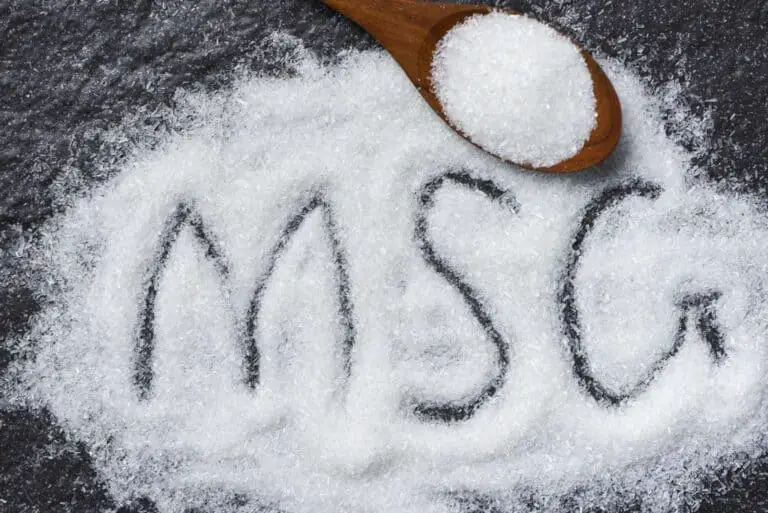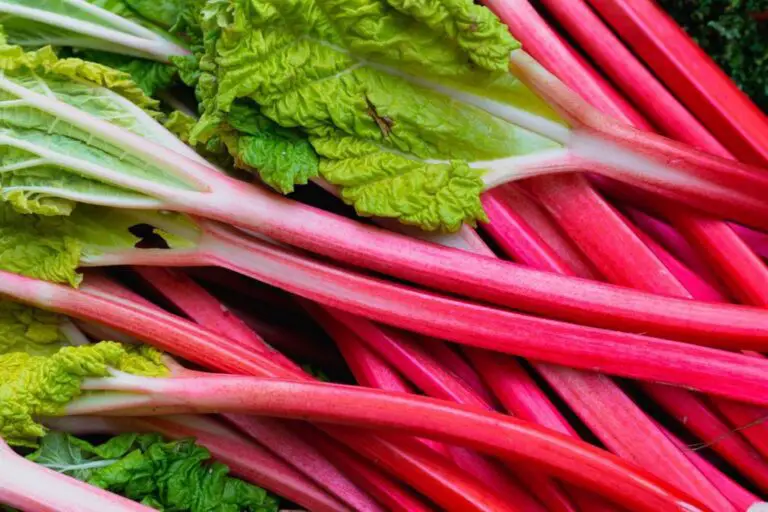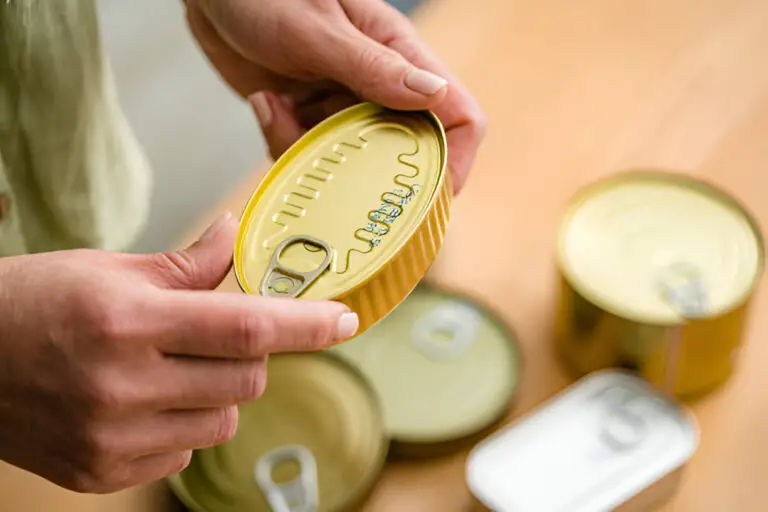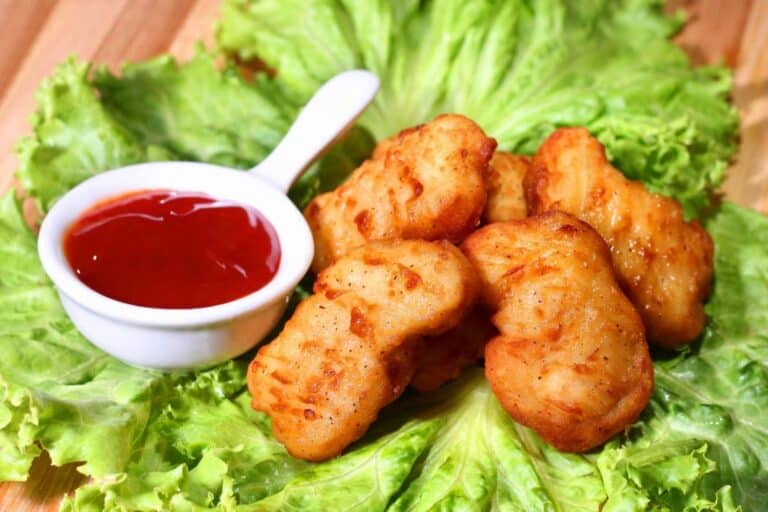Can You Eat Raw Green Beans in a Salad? (Things You Should Know)
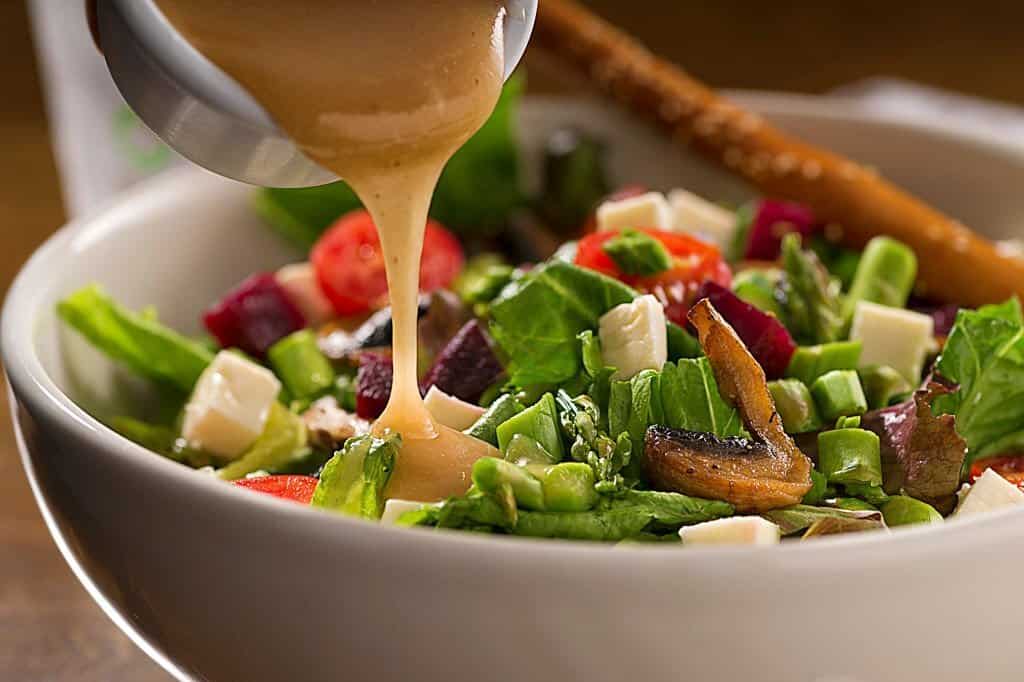
Are you looking for a way to add some extra crunch to your salad? Raw green beans are the perfect addition! They are packed with nutrients and have a slightly sweet flavor that pairs well with other salad ingredients. Plus, they add a nice crunch to every bite.
Raw green beans are a delicious and healthy snack option. They are low in calories and rich in minerals and fiber. Additionally, green beans are a rich source of antioxidants.
So, can you eat raw green beans in a salad? Yes, you can eat raw green beans in a salad. Raw green beans are a healthy vegetable to include in your salad, along with other veggies.
Green beans can be eaten raw, but if you weigh the pros and cons, it’s probably best to cook them. Although eating raw green beans can give you a little indigestion, it’s unlikely to make you throw up or have diarrhea.
Because canned beans are already cooked, it’s safe to consume them right out of the can. Considering both facts, it is better to use canned green beans or cooked raw green beans for your salad.
The Benefits of Eating Raw Green Beans
Green beans are a healthy food that can be enjoyed in many different ways. One way to enjoy them is by eating them raw. Raw green beans have many benefits that make them a great addition to your diet.
Some of the benefits of eating raw green beans include: they are low in calories, they are a good source of fiber, they contain vitamins and minerals, and they can help you lose weight.
Green beans are also a good source of antioxidants and phytochemicals. These nutrients can help protect your cells from damage and may even help prevent some diseases.
Antioxidants are essential for a variety of reasons, including lowering one’s chance of developing cardiovascular disease and cancer.
Green Bean Nutrition Facts
Green beans are a low-calorie food that is rich in vitamins and minerals. One cup of green beans contains only 31 calories, but it is a good source of vitamin A, vitamin C, and fiber. Green beans are also a good source of iron and folic acid.
The Best Companion Veggies with Green Beans for a Salad
A salad is a great way to get your daily dose of vegetables, but sometimes it can be hard to know what to put in a salad. Green beans are a great option for a salad, but they can be even better when you add some companion veggies.
Here are a few ideas for companion veggies to go with your green beans:
Tomatoes: Tomatoes are a classic salad ingredient, and they go great with green beans. Try adding some cherry tomatoes or diced tomatoes to your salad for a pop of color and flavor.
Cucumbers: Cucumbers are cool and refreshing, making them the perfect addition to a green bean salad. Sliced cucumbers or cucumber rounds would be a good choice.
Red Onion: Red onion adds a nice bit of sweetness and crunch to a salad. You can use sliced red onion for a garnish, or chopped red onion for an added crunch.
Radishes: Radishes are a nice addition to any salad, and they go especially well with green beans. Try adding some radish slices to the salad to amp up the flavor even more.
Rromaine lettuce: Rromaine lettuce is a great choice for salad greens, and it pairs nicely with green beans. You can add some chopped romaine lettuce as a garnish or to the salad itself.
Shredded carrots: Carrots are a delicious vegetable that goes well with green beans. You can add shredded carrots to the salad for a sweet and crunchy addition.
Shredded cabbage: Cabbage has a nice fresh taste that goes well with the green beans. You can add shredded cabbage to the salad or as a garnish for added texture and flavor.
Spinach: Spinach has a nice fresh taste, and it’s loaded with vitamins. You can add spinach to the salad or serve it as a side dish.
There are many other different types of salad greens that go well with green beans, including: arugula, endive, and radicchio. For a more flavorful salad, add some chopped herbs such as: parsley, basil, or chives. Fruits that pair well with green beans include: oranges, grapefruit, strawberries, and raspberries.
How to Prepare Green Beans for a Salad?
You want to make the most of green beans and other popular vegetables for your salads. Here are some tips on preparing green beans for your delicious salad.
- For salads, fresh green beans are always preferred over canned or frozen ones.
- When selecting green beans, look for ones that are brightly colored and have a firm texture. Avoid beans that are limp or have brown spots.
- Wash them thoroughly in cold water. Then, rinse the beans and pat them dry with a paper towel. This will remove any excess dirt or residue on the outside of the beans.
- If you are adding green beans to a salad that already contains dressing, then you should rinse the beans right before adding them to your salad. This prevents the beans from getting mushy.
- Start by trimming the ends off of the green beans. Cut them into bite-sized pieces. If you are using fresh green beans, you will need to blanch them before adding them to the salad.
- Don’t skimp on the olive oil.
- Finally, add the green beans to your salad and serve immediately.
Which One Is Healthier: Raw Or Cooked?
Many people may not know that there are health benefits to eating green beans raw. Beans contain vitamins A, C, and K, as well as fiber and protein. All of these nutrients are important for a healthy diet. Eating raw green beans can help you get the most out of these nutrients.
While cooking green beans can also be healthy, it can cause some nutrients to be lost in the process. For example, cooking can cause vitamins A and C to be destroyed. However, cooking green beans can make them easier to digest and may increase the availability of some antioxidants.
So, which is the better option? It depends on what your goals are. If you’re looking to maximize the nutrient content of your diet, eating raw green beans is a good choice.
However, cooking green beans can make them easier to digest and may increase the availability of some antioxidants.
What Are The Risks Of Eating Too Many Green Beans?
You may think that you’re being healthy by eating green beans, but you could be doing more harm than good. In other words, you can eat too many green beans.
When you eat too many green beans, you’re eating all the carbs they contain. As with anything else, eating too many carbohydrates can spike your blood sugar.
Raw green beans are a type of legume and contain high levels of lectin. The lectin can cause problems with digestion, including bloating, gas, and diarrhea. Eating green beans can cause gas and bloating if consumed in large quantities.
Additionally, raw green beans contain little to no vitamin K, so they are not a good choice for people who are trying to get their daily dose of this important nutrient.
Therefore, it is best to avoid eating too many green beans if you are concerned.
Eat Raw Green Beans—a Potential Weight-Loss Food?
A new study has revealed that consuming green beans may lead to weight loss. The study, which was conducted by the University of Southern California, looked at a group of obese individuals who were asked to eat raw green beans for 12 weeks.
The results showed that the participants who ate the green beans lost an average of 5% of their body weight, while those who did not eat the green beans gained an average of 2% of their body weight.
Their weight loss was about 3 times higher than that of the participants who were not given green beans to eat. The researchers concluded that eating raw green beans may help to boost your metabolism, resulting in weight loss.
Green beans are a healthy food that is low in calories and high in fiber. They are also an excellent source of many minerals and vitamins. As a result, they are an excellent choice for anyone attempting to lose weight.
Eat raw green beans as part of a healthy diet and you may see the pounds start to melt away.
How to Make Raw Green Beans Last Longer?
Green beans are a versatile and healthy vegetable that can last in the fridge for up to a week. Here’s how to make them last even longer.
Wash your green beans in cold water as soon as you get them home from the grocery store. This will remove any dirt or bacteria that may be on them.
In addition, you may want to trim the ends of your green beans, as this part is often more susceptible to bacterial growth. Many people like to blanch their green beans before freezing them.
Place the green beans in a plastic bag or container with a lid and store them in the crisper drawer of your refrigerator. Be sure to check on them every few days and use them before they start to wilt.
TIPS 
If you find that your green beans are starting to look a little bit unkempt, you can revive them by soaking them in cold water for an hour or so. Then, drain the water and place the beans back in the fridge until you’re ready to use them.
How Can You Tell If Green Beans Are Bad?
Here’s how to tell if your green beans are bad:
1. The color is off. Green beans should be a vibrant green. If they’re starting to turn yellow or brown, that’s a sign that they’re going bad.
2. The texture is off. Green beans should be firm and crisp. If they’re starting to get mushy, that’s a sign that they’re going bad.
3. They’ve been in the fridge for more than a week. Even if they look and feel fine, green beans shouldn’t be kept in the fridge for more than a week. After that, they start to lose their nutrients and flavor.
Can You Eat Raw Green Beans in a Salad: Conclusions
Green beans, also known as string beans, are a type of legume. They’re classified as a vegetable and are often eaten raw in salads or as part of a crudité platter. While green beans are generally safe to eat, there are a few things to keep in mind if you’re planning on eating them raw.
First, it’s important to wash green beans thoroughly before eating them. This will help remove any dirt or bacteria that may be on the surface of the bean. Secondly, you should snap off the ends of the green beans before eating them. The ends of green beans can sometimes be tough and difficult to chew. Finally, if you have any concerns about whether or not green beans are safe to eat raw, it’s always best to consult with a doctor or dietitian beforehand.
So next time you’re at a salad bar, consider adding some raw green beans to your plate.

